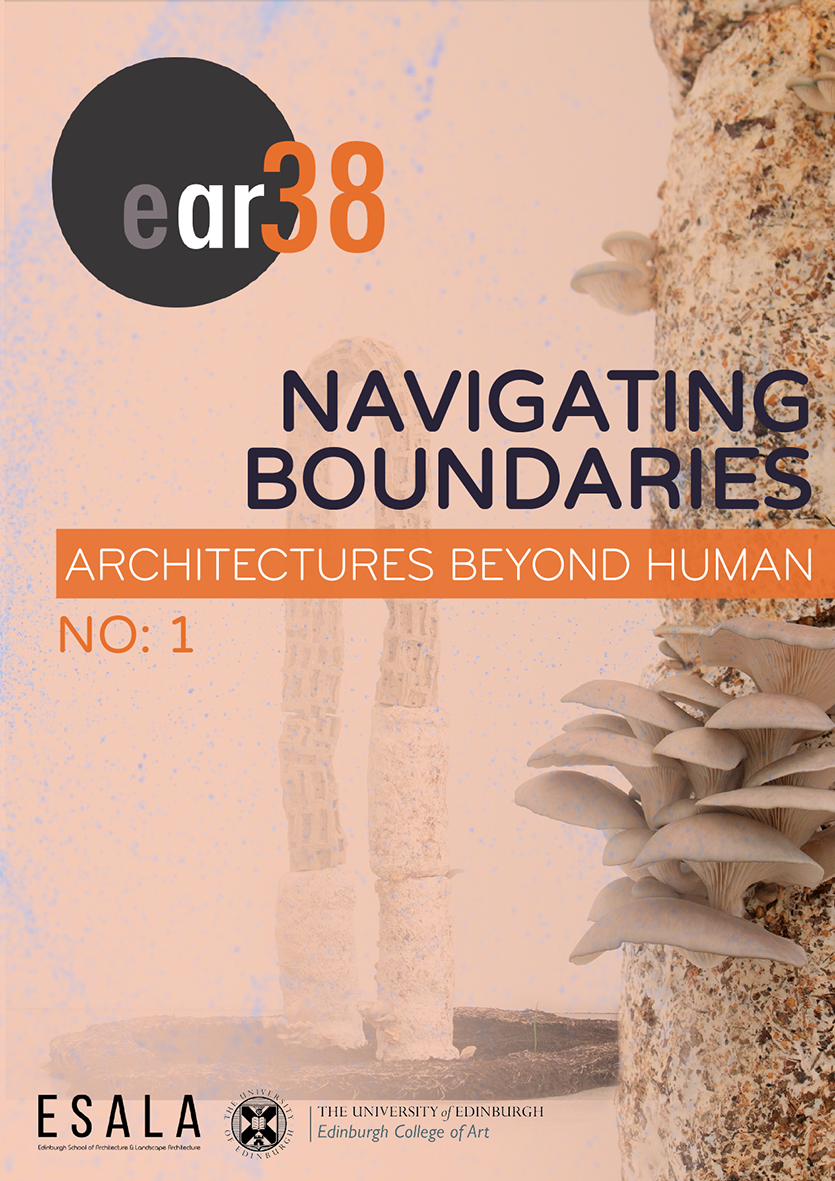Palmscaping Athens
Towards a new reading of the Greek landscape
Abstract
The main aim of this paper is to investigate the role of plants in the formation of urban landscapes. With the conviction that ‘Nature’, or better plant elements, participate substantially in the shape of urban landscapes and social identities, a new reading of the contemporary Greek landscape is proposed, seeking the tools of this reading in the Palm tree.
Palms, in their majority, are considered as tropical trees, in the sense that they originate from tropical and subtropical regions. However, today Palms are found all around the world, which proves that they are great travellers.
The perpetual journey of plants has deeply reformed alimentary and agricultural practices all over the world. The introduction of new plants in the new ecosystems, changes their evolution, their inflorescence. At the same time, a new balance is to be found on a social level as well. Transplantation of plants in different cultural environments changes their content, their social role and they are called upon to play a new role there.
Since antiquity, Palms have been returning to the Greek territory, either as a seed, a fruit, a tree or a myth. The presence of the Palm tree seems to characterize the Greek landscape, especially since its re-introduction during the era of Palingenesis, the era when the new Modern Greek State was established. Palms have been introduced into the Greek landscape several times, each time in a different way, under different cultural and socio-economic conditions. It seems that the Palm tree in Greece can abolish, renew or enrich its conceptual content and manages to be an active element in the contemporary landscape. In some cases, it dominates the city, becoming not only part of the cityscape, but also part of its social identity and history.

This work is licensed under a Creative Commons Attribution-NonCommercial-NoDerivatives 4.0 International License.


